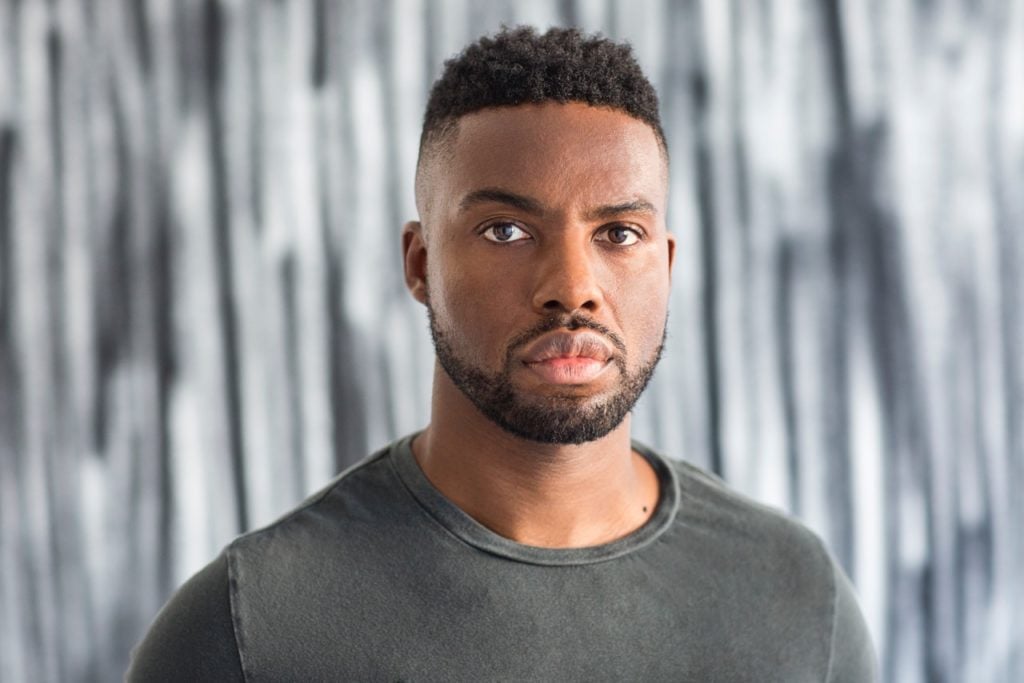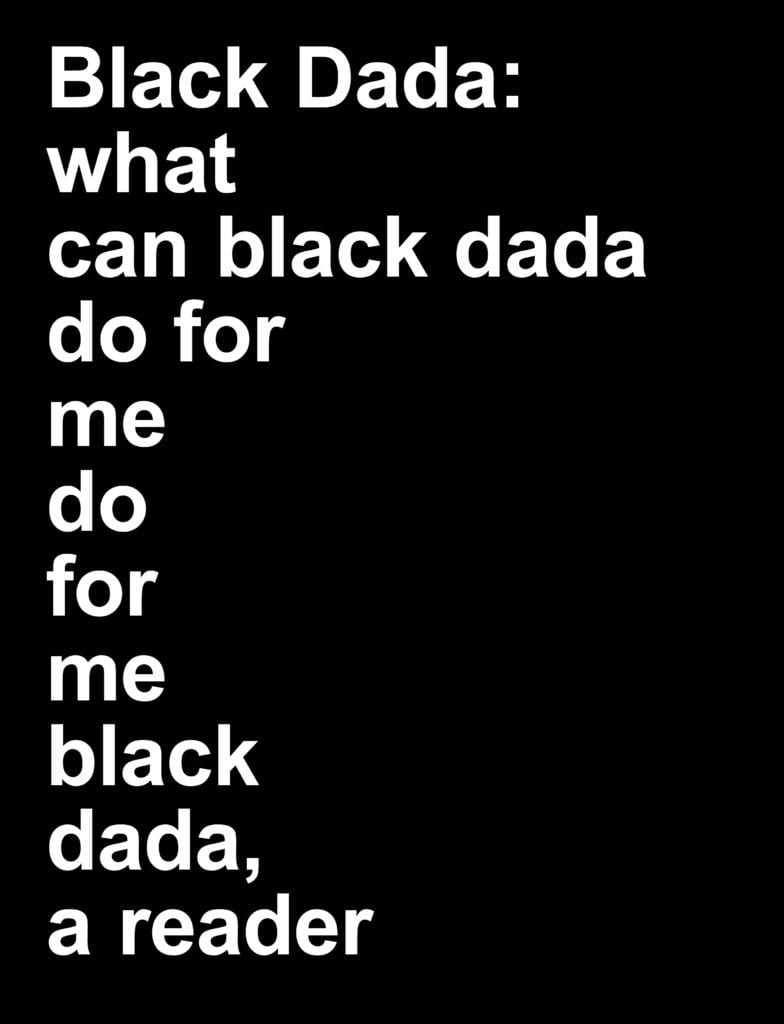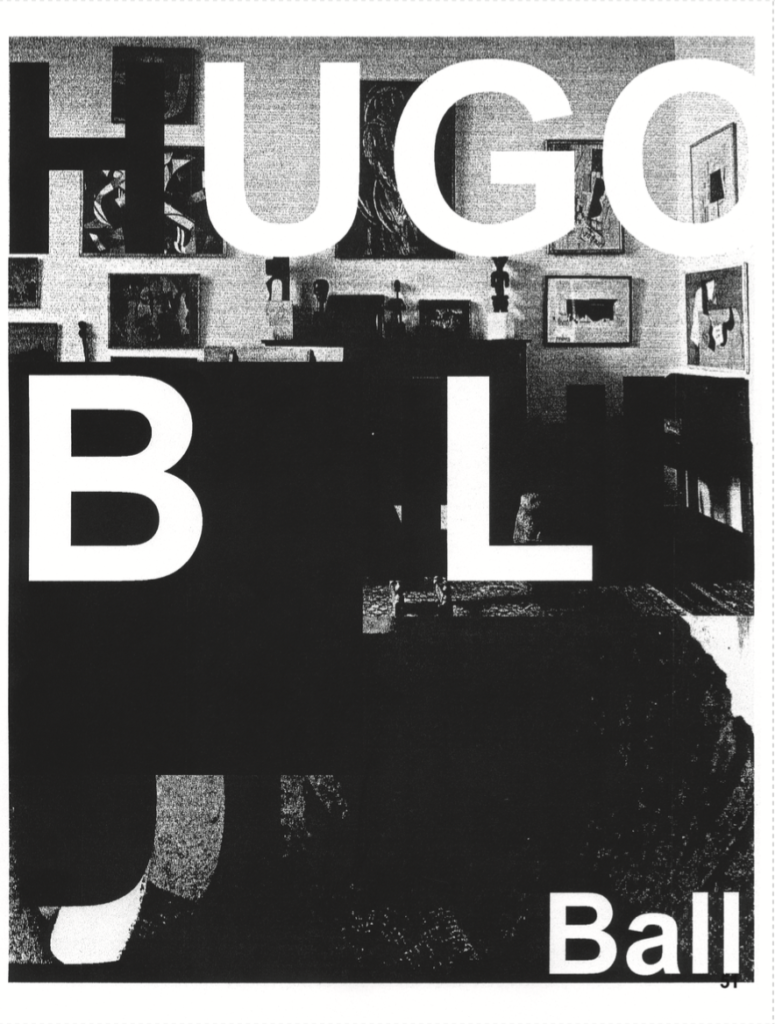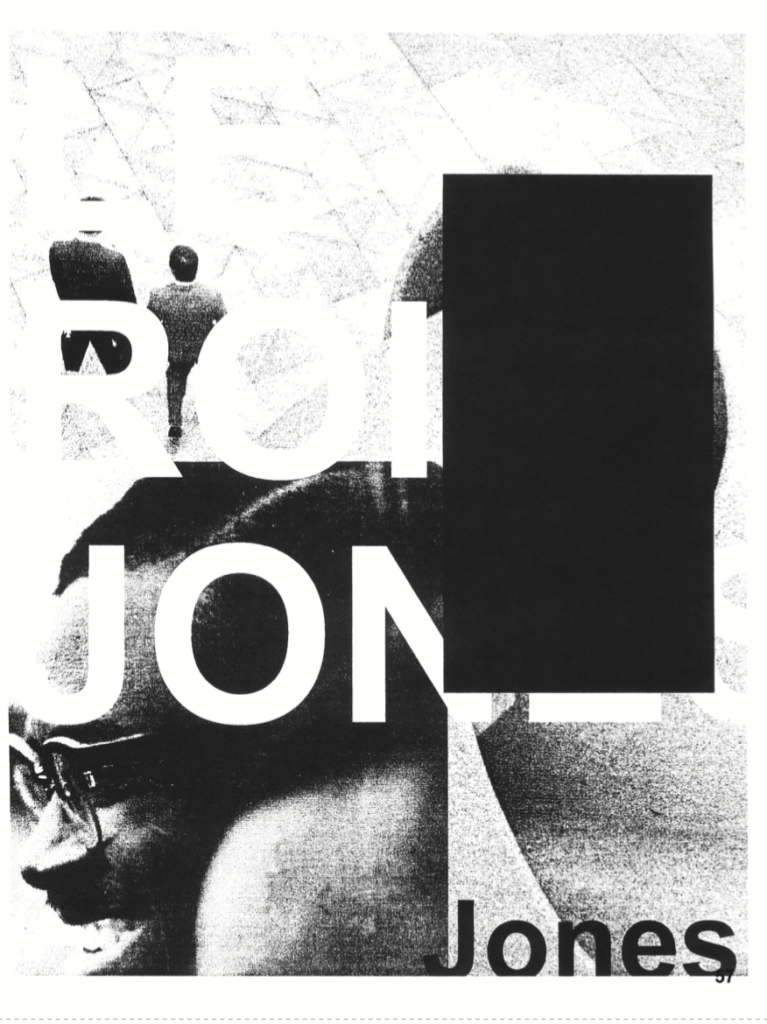Art World
What Is ‘Black Dada’? Artist Adam Pendleton Lays Out His Disruptive Theory in a New Book
What began as "a collage in book format" is now officially on book stands.

What began as "a collage in book format" is now officially on book stands.

Terence Trouillot

The artist Adam Pendleton is difficult to pin down. He works in an array of different media, from collage to painting to video and performance. What draws all these threads together is a concern with language and historical narrative viewed through the lens of African-American culture and aesthetics—plus his own guiding theory, dubbed “Black Dada.”
That last element of Pendleton’s work is now getting the star treatment with the US launch this week of a full-fledged Black Dada Reader.
During a 2010 residency at MoMA, he already had begun to explore ideas of blackness and institutional critique, Xeroxing passages of texts from an unexpected assortment of figures. The personal canon he would cobble together ultimately included Zurich Dada ringleader Hugo Ball, experimental writer Gertrude Stein, abstract painter Ad Reinhardt, Afrofuturist jazz pioneer Sun Ra, Black Power icon Stokely Carmichel, and many more.

The cover of the Black Dada Reader.
(In addition to the historical essays, the final Reader includes a number of original essays from Adrienne Edwards, Laura Hoptman, Tom McDonough, Jenny Schlenzka, and Susan Thompson.)
Interviewed in his studio, Pendleton is quick to point out that the book, like much of his work, has always been an experiment. The Reader began its life as a spiral-bound book that lived in the artist’s studio, an attempt to create “a collage in book format” of texts that inspired him.
“Originally it was an in-studio publication, in the sense that it wasn’t really meant necessarily for a wide distribution,” he explained. “It was really meant for me to refer to in the space of the studio while I was working on different projects. But I did hand out maybe a dozen copies, maybe more, to the people who would come to the studio, or people who were interested in the work and or the concept of Black Dada.”

Image from the Black Dada Reader.
However, the project quickly grew and evolved into something that, he says, “demanded to be made.”
As an idea, “Black Dada” has had legs: This fall, Pendleton’s work exploring the notion is featured in shows at the Moderna Museet in Stockholm, the Museum of Contemporary Art, Detroit, and the Walker Art Center. In some ways the Reader became necessary as a way to make Pendleton’s “Black Dada” aesthetic more digestible for the audience drawn in by his more abstract installations.

Image from the Black Dada Reader.
So what is Black Dada, in a nutshell?
The variety of sources within the Reader, the artist explains, are about “radical juxtapositions,” i.e. bringing voices together in a way that disrupts easy logic and established history.
And yet his juxtapositions do have a point. In this case, Pendleton is drawing connections between classic European Dadaist texts, which were responding to the violence and trauma of World War I, and the writings of figures like Black Arts Movement leader LeRoi Jones (Amiri Baraka), responding to the violence of racism in the 1960s. Relating these art historical threads creates an avenue for considering the experiences of shock and displacement in both anew, opening up new potential associations.
The Black Dada Reader celebrates its US launch at the Kitchen on October 4, with readings by the artist himself, the book’s editor Stephen Squibb, and a performance by the New Orleans-style brass band SugarTone Brass Band.